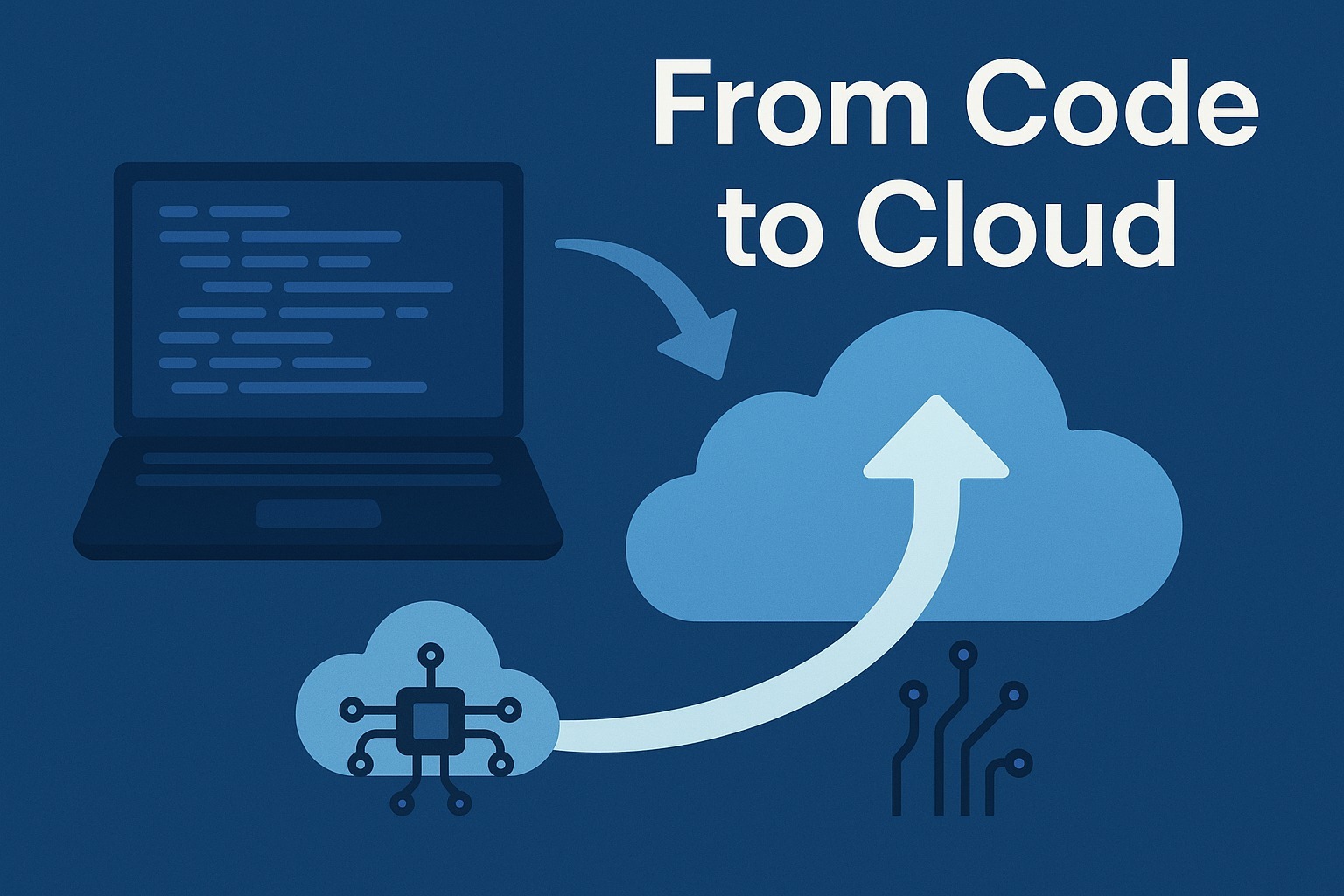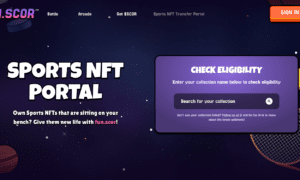In the ever-evolving world of software development, the journey from writing code to deploying a fully functional application in the cloud is both fascinating and complex. This process—often referred to as “From Code to Cloud”—not only involves creativity and technical precision but also demands a deep focus on security, compliance, and scalability.
As businesses rush to digitize their services, ensuring that code is trustworthy and cloud infrastructure is robust has become a top priority. This blog explores the critical steps and tools required in this journey, from obtaining Code Signing Certificates to designing resilient cloud architecture. We’ll also discuss how startups and developers can strike a balance between cost and security by choosing options like a Cheap Code Signing Certificate without compromising on trust.
Understanding the Journey: From Code to Cloud
The path from code to cloud broadly covers these five stages:
- Code Development
- Code Authentication and Signing
- Continuous Integration and Testing
- Deployment to the Cloud
- Scalable and Secure Cloud Architecture
Let’s break down each of these stages and see how they contribute to the bigger picture.
Stage 1: Writing and Managing Your Code
Every software journey begins with code. Whether it’s a web app, mobile software, or a backend system, writing clean, efficient, and maintainable code is the foundation.
Modern development workflows utilize:
- Version control systems like Git.
- Collaborative platforms such as GitHub or GitLab.
- Agile and DevOps methodologies to ensure rapid development and iteration.
But writing great code isn’t enough anymore. With cyber threats on the rise, it’s crucial to make sure that the code users install or run hasn’t been tampered with.
Stage 2: Securing Software with Code Signing Certificates
Before deploying code or distributing applications, developers must ensure that users can trust the software. This is where Code Signing Certificates come into play.
What Are Code Signing Certificates?
A Code Signing Certificate is a digital certificate that confirms the authenticity and integrity of your software. When you sign your code with one, users can be confident it came from a verified publisher and hasn’t been altered since it was signed.
Benefits include:
- Establishing user trust by preventing “Unknown Publisher” warnings.
- Ensuring the software has not been tampered with.
- Protecting brand reputation.
Why You Might Need a Cheap Code Signing Certificate
For individual developers, startups, or small teams, the cost of digital certificates can be a barrier. That’s why opting for a Cheap Code Signing Certificate from a trusted certificate authority (CA) is a smart move. It offers:
- The same fundamental security benefits as more expensive options.
- Compatibility with major platforms like Windows, macOS, and Java.
- Support for signing executables, drivers, scripts, and more.
Low-cost options don’t mean low quality—they simply reduce the financial entry point to better security and broader user acceptance.
Stage 3: CI/CD and Automation
Once the code is written and signed, it moves to the CI/CD (Continuous Integration and Continuous Deployment) pipeline. This pipeline helps in:
- Automatically building and testing the code.
- Integrating security checks (DevSecOps).
- Triggering code signing processes during the build stage.
- Packaging and preparing for cloud deployment.
Automated code signing is a best practice, especially in CI environments, where repeatable and secure builds are essential.
Stage 4: Deployment to the Cloud
Once your code is secure and tested, it’s ready for deployment. Here’s where Cloud Architecture becomes central.
What Is Cloud Architecture?
Cloud architecture refers to the various components and services—such as servers, databases, APIs, load balancers, and networking—used to build and manage applications in the cloud.
Key components include:
- Compute Services (e.g., AWS EC2, Google Cloud Compute Engine)
- Storage (e.g., Amazon S3, Azure Blob)
- Databases (e.g., Firebase, MongoDB Atlas, Amazon RDS)
- Networking and Load Balancing
- Monitoring & Logging Services
Depending on your needs, you may opt for:
- Monolithic deployments for simplicity.
- Microservices architecture for flexibility and scalability.
- Serverless architecture for low-maintenance operations.
Stage 5: Security and Scalability in the Cloud
Security doesn’t end with code signing. When your application is live, its security must be continuously monitored.
Important practices include:
- Securing APIs with authentication and rate-limiting.
- Encrypting data both at rest and in transit.
- Implementing IAM policies for cloud users and services.
- Auto-scaling for managing high traffic with minimal latency.
- Backups and disaster recovery plans.
By integrating signed code with a secure and scalable cloud infrastructure, businesses can create resilient applications that users trust.
Why This Matters More Than Ever
With more users downloading applications and interacting with digital products, software integrity and infrastructure resilience are non-negotiable.
Whether you’re a solo developer distributing your first app or an enterprise managing a complex SaaS product, the combination of:
- Verified software via Code Signing Certificates
- Affordable options like a Cheap Code Signing Certificate
- Reliable, elastic cloud architecture
ensures that your users enjoy both trust and performance.
Final Thoughts
The “From Code to Cloud” journey is more than a technical roadmap—it’s a blueprint for modern digital success. Securing your code with the right certificates and deploying it over robust cloud architecture isn’t optional anymore—it’s essential.
If you’re just starting, consider acquiring a Cheap Code Signing Certificate to protect your software and reputation. As you grow, pair this with a well-thought-out cloud architecture to ensure that your digital products scale seamlessly and securely.
Stay agile, stay secure, and scale confidently—from code to cloud.



































